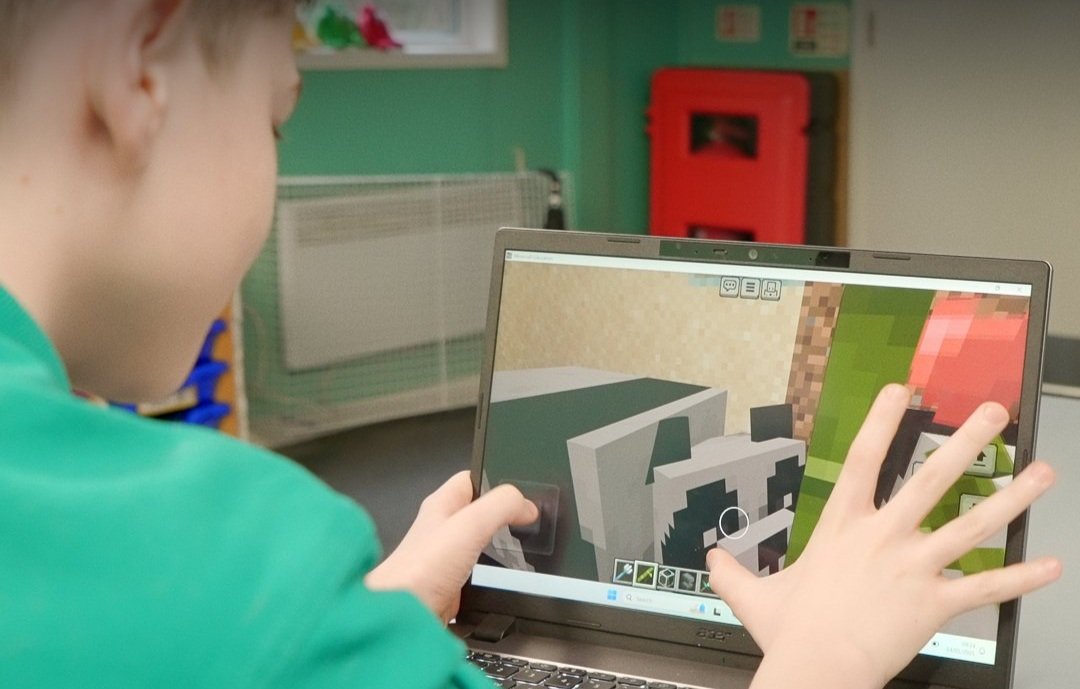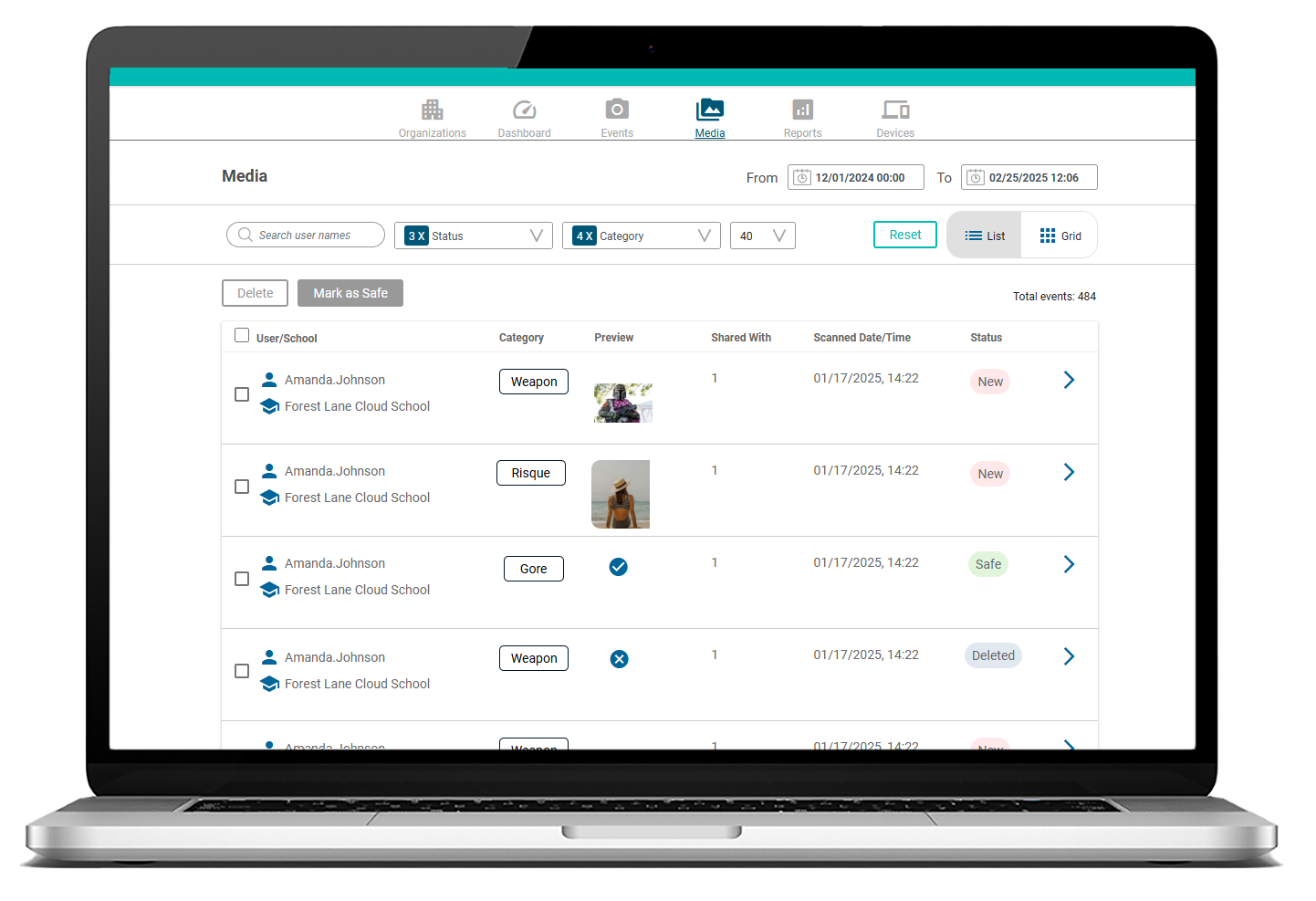T-Mobile 5G powers VCU Rice Rivers Center’s real-time conservation efforts for endangered atlantic sturgeon
The Virginia Commonwealth University Rice Rivers Center is using real-time data powered by T-Mobile’s 5G network to advance conservation efforts for the endangered Atlantic sturgeon.
The fish, once on the verge of extinction, remains vulnerable along the James River in Virginia.
Using telemetry receivers, researchers at VCU can track the movements of tagged female sturgeons as they enter their spawning habitat near a power plant along the James River. The data allows the Center to notify the plant when these fish arrive, giving the facility time to reduce or stop water intake, a process that can otherwise be harmful to the fish during critical reproductive periods.
“The work we’re doing with T-Mobile has digitally transformed how we protect the endangered Atlantic sturgeon,” said Matt Balazik, Ph.D., Research Faculty at VCU Rice Rivers Center. “Real-time data allows us to make critical, well-informed decisions that directly safeguard the species, while also educating the next generation of environmental stewards.”
This real-time data tracking is possible due to T-Mobile’s 5G network, which enables the telemetry receivers to transmit information to an aquatic hub even in remote sections of the river. In addition, T-Mobile’s IoT Control Center is used to streamline the management of SIM cards within the receivers, improving data transmission and reporting.
The real-time aspect of this technology significantly enhances both the accuracy of the research and the efficiency of conservation operations.
The Atlantic sturgeon, which can grow to be over 12 feet long and has existed for over 85 million years, is a key species for environmental scientists due to its sensitivity to habitat changes. Despite some recovery in recent years, sturgeon populations remain at risk from industrial activity and other human impacts on their spawning grounds.
Expanding education and outreach
The project at the VCU Rice Rivers Center has become one of the largest real-time acoustic telemetry systems on the U.S. East Coast, providing valuable insights into sturgeon behaviour. The Center has made its telemetry data available to researchers worldwide, offering opportunities for further study of the species’ movements and habits.
Locally, the Center has also focused on education, sharing real-time sturgeon tracking data with schools to teach students about conservation. VCU plans to launch a website where students and educators can access historical telemetry data, integrating it into lesson plans and projects. This initiative is intended to help raise awareness of conservation efforts and encourage participation in environmental research.
Future developments with AI
Looking ahead, the VCU Rice Rivers Center is exploring the use of artificial intelligence (AI) to improve its ability to predict sturgeon movements. While current technology allows predictions a day or two in advance, AI could extend this forecasting period, providing power plants with more time to adjust their operations and protect the sturgeon population more effectively.
As the project continues to evolve, the combination of real-time data tracking, 5G technology, and AI could significantly enhance conservation efforts for the Atlantic sturgeon. The integration of T-Mobile’s technology is expected to play a crucial role in safeguarding the species for future generations.
“At T-Mobile, we believe in the power of technology to create powerful outcomes, and our collaboration with VCU is a perfect example of that,” said George Fischer, SVP of Sales at T-Mobile Business Group. “By powering secure real-time data transmission, we’re helping to safeguard critical habitats and educate future generations. Together, we’re setting a new standard for environmental sustainability and ensuring that these ancient fish thrive in the James River for years to come.”




















